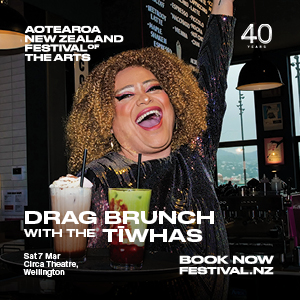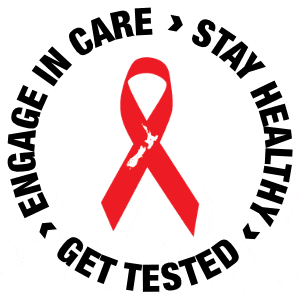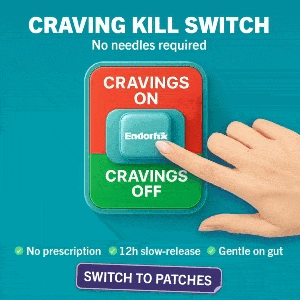Craig Yong reflects on the treatment gaps facing trans youth with eating disorders, exploring the tragic case of V, systemic healthcare failures, and the role of gender-affirming care in saving lives.
Earlier this month (June 16), V, a young trans man and non-binary individual, tragically passed away as a result of their eating disorder. Some critics have raised serious concerns regarding V’s treatment, specifically that the agencies involved—Salvation Army and Presbyterian Support—may have placed greater emphasis on gender identity than on addressing the eating disorder. This is a weighty allegation that demands careful, evidence-based examination.
Eating disorders are often stereotypically associated with young, cisgender, heterosexual women. However, evidence increasingly shows elevated risks among young gay, bisexual, and men who have sex with men (MSM). This suggests that any effective treatment model must be grounded in paediatric and developmental psychology research, especially as it pertains to trans and non-binary youth. Targeted studies on the prevalence of eating disorders in young trans women, trans men, and non-binary people are essential to create appropriate, tailored healthcare interventions.
One 2015 study revealed that trans women were more likely to experience eating disorders than trans men, with anorexia nervosa emerging as the most common. The onset of gender dysphoria during puberty—combined with barriers to puberty blockers—may prompt some adolescents to turn to disordered eating as a means of halting bodily development. The dangers of untreated eating disorders are severe, including suicide risk, hospitalisation, cardiac issues, gastrointestinal complications, anaemia, and amenorrhea in menstruating individuals. The research found that those most at risk were aged between 19–24 and 25–34. Notably, access to gender-affirming care significantly reduced the severity of eating disorders in these trans youth.
A broader review also indicated that young trans men are vulnerable. For them, disordered eating might serve to reduce perceived femininity—such as minimising chest size or altering hip and buttock shape. Experiences of misgendering, deadnaming, denial of treatment, unsupportive families, and conservative local medical environments are additional barriers that prevent many trans youth from accessing essential care.
In a compelling article on The Spinoff, Mary de Bres and John Fenaughty highlighted the shortcomings in mainstream media’s treatment of V’s case. They argue that gender identity was portrayed as a problematic factor rather than a background context for care. Their key message is that “being trans is normal,” that trans identities are not caused by external influence, and that neurodivergent trans people, including those with autism, are not inherently pathological. Affirmative language and strong family support systems are essential to the well-being of trans youth.
The denial of stable trans identities in children and adolescents continues to harm healthcare outcomes. In countries like the United States and the United Kingdom, gender-affirming care has faced severe cuts, and similar political rhetoric in Aotearoa/New Zealand—from figures like Winston Peters—may create a “policy chill” that affects the level of care available. De Bres and Fenaughty suggest this may have played a role in V not receiving the integrated care needed. The true problem isn’t gender identity or sexual orientation—it’s the stigmatisation of these identities by opportunistic political forces.
Compounding this are broader issues of chronic underfunding in public health systems, especially in services targeting eating disorders. Not only do young cis women face gaps in care, but marginalised groups like trans youth struggle even more to find specialised support.
It’s also critical to scrutinise the role of conservative religious organisations offering so-called treatment. In Australia, Hillsong Church operated “Mercy Ministries,” a programme for young cis women with eating disorders, which promised care in exchange for welfare payments. Instead, participants were subjected to “faith healing” and exorcisms. Affected individuals formed the group “Mercy Survivors” and successfully challenged Hillsong via the Australian Competition and Consumer Commission. Such examples raise red flags about whether similar organisations today have the training and ethos necessary to provide safe, inclusive care. In Aotearoa/New Zealand, parallels can be seen in Destiny Church’s “Man Up” and “Legacy Sisterhood” programmes, which offer vague “rehabilitation” services despite questions over professional qualifications.
Although the government has announced intentions to regulate NGOs and charities, no concrete legislative or consultation steps have been scheduled.





























